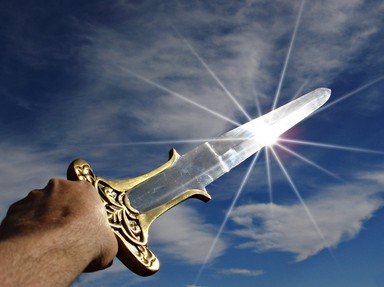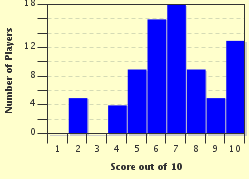Quiz Answer Key and Fun Facts
1. The Battle of Pelusium was fought in the year (BC) DXXV. It was a victory for the Aechemend Persian Empire, but whom did the Persians defeat?
2. The Battle of Thermopylae was fought in the year (BC) CDLXXX. In this battle, 300 Spartans and 700 Thespians considerably delayed and inflicted heavy casualties on a great host of Persians. We all know that the Spartans were led by the gallant King Leonidas, but who was the leader of the Thespians?
3. The Battle of Gaugamela was fought in the year (BC) CCCXXXI. Alexander the Great won a stunning victory and the Persian Empire was soon brought to its knees. But, what was the name of the Persian King and commander of the army?
4. The year: (BC) CCXVI. The battle: Cannae. Who were the belligerents?
5. The year: MLXVI. The war: Norman Conquest of England. The victor: William the Conqueror. What was the name of the battle?
6. The year: MCDXV. The battle: Agincourt. The victor: Henry V of England. Can you supply the name of the defeated commander?
7. The year: MDCCLXXXI. The war: American Revolution. The commanders: George Washington and Lord Cornwallis. The result: End of the British land operations in North America and the beginning of negotiations leading to the Treaty of Paris (1783). What was the name of the battle?
8. The year: MDCCCLXII. The war: American Civil War. The commanders: General Robert E. Lee for the Confederacy and Ambrose Burnside for the US. What was the name of the battle?
9. The year: MDCCCLXX. The battle: Sedan. What was the name of the war?
10. How can a quiz on War History be completed without a World War Two question? The year: MCMXLIV. The battle: Invasion of Normandy. What is the correct pair of military commanders for this battle?
Source: Author
DeepHistory
This quiz was reviewed by FunTrivia editor
bloomsby before going online.
Any errors found in FunTrivia content are routinely corrected through our feedback system.

